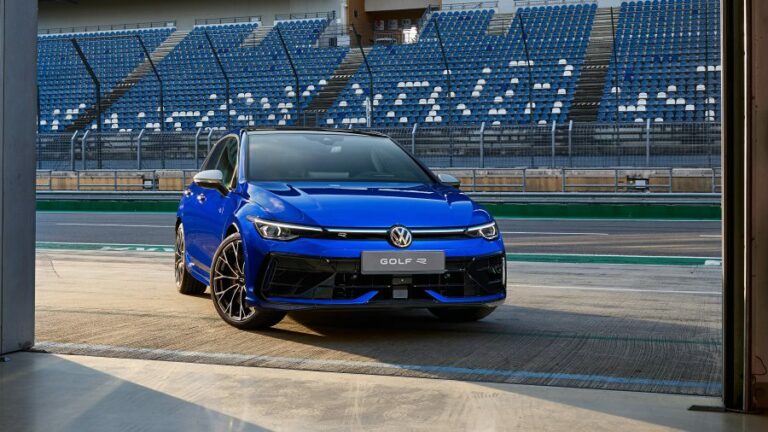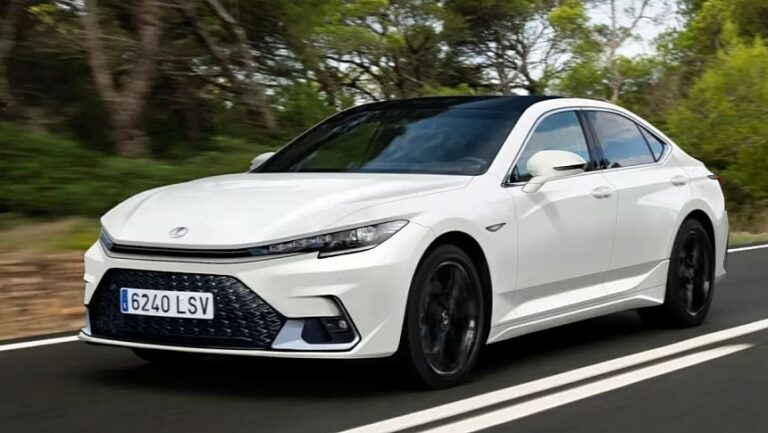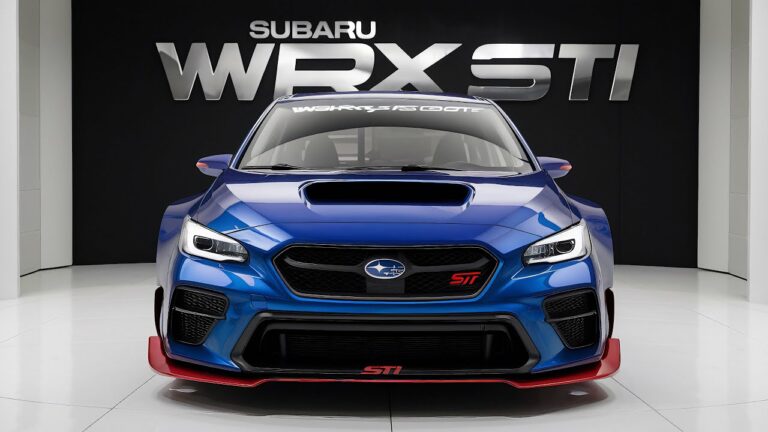2026 Honda Accord Coupe Price: A Comprehensive Analysis
The automotive industry is constantly evolving, with new models and technologies emerging every year. One of the most anticipated upcoming vehicles is the 2026 Honda Accord Coupe. This highly-regarded vehicle is expected to make a significant impact on the market, and its pricing strategy will be a key factor in its success. In this comprehensive analysis, we will explore the various factors that will influence the pricing of the 2026 Honda Accord Coupe, examining market trends, production costs, and competitive dynamics.
The Honda Accord Coupe has long been a popular choice for consumers seeking a stylish and reliable vehicle. The 2026 model is expected to continue this tradition, with a host of new features and upgrades. As we approach its release, many are eager to learn more about its pricing. In this analysis, we will delve into the factors that will shape the 2026 Honda Accord Coupe’s price point, providing insights into the market landscape, production costs, and competitive strategies.
Market Overview

The automotive market is undergoing a period of rapid transformation, driven by the increasing popularity of electric vehicles (EVs) and the rise of autonomous driving technology. This is having a significant impact on the 2026 Honda Accord Coupe, as it must compete with both traditional gasoline-powered vehicles and newer, more advanced EVs.
The competitive landscape for the 2026 Honda Accord Coupe is intense, with a number of well-established players vying for market share. Key competitors include the Toyota Camry, the Nissan Altima, and the Hyundai Sonata. Each of these vehicles offers its own unique set of features and benefits, making it difficult for the Accord Coupe to stand out from the crowd.
Pricing Strategy
The 2026 Honda Accord Coupe’s pricing will be influenced by a number of factors, including the cost of production, the competitive landscape, and the target market. Honda will need to price the Accord Coupe competitively in order to attract buyers, but it also needs to make a profit on each vehicle sold.
Target Market
The target market for the 2026 Honda Accord Coupe is likely to be young professionals and families. These buyers are looking for a stylish and practical car that is also affordable. Honda will need to price the Accord Coupe accordingly in order to appeal to this target market.
Competitive Landscape
The 2026 Honda Accord Coupe will compete with a number of other vehicles in the midsize coupe segment. These competitors include the Toyota Camry, the Nissan Altima, and the Hyundai Sonata. Honda will need to price the Accord Coupe competitively in order to stand out from the competition.
Pricing Strategies
Honda has a number of pricing strategies that it can use for the 2026 Accord Coupe. One option is to price the Accord Coupe below the competition. This would be a risky strategy, as it could lead to lower profit margins. However, it could also help Honda to attract buyers who are looking for a good value.
Another option is to price the Accord Coupe in line with the competition. This would be a safer strategy, as it would allow Honda to maintain its profit margins. However, it could also make it more difficult for Honda to stand out from the competition.
Finally, Honda could price the Accord Coupe above the competition. This would be a bold strategy, but it could also help Honda to create a more exclusive image for the Accord Coupe. However, it could also make it more difficult for Honda to attract buyers.
Cost Analysis
The production of the 2026 Honda Accord Coupe involves various cost components that significantly impact its pricing strategy. These costs can be broadly classified into direct and indirect costs.
Direct costs include raw materials, components, and labour expenses directly attributable to the vehicle’s production. Raw materials include steel, aluminium, plastics, and other materials used in the construction of the vehicle. Components refer to parts and assemblies sourced from suppliers, such as engines, transmissions, and electronic systems. Labour expenses encompass the wages and benefits paid to workers involved in the assembly and manufacturing process.
Indirect costs, on the other hand, are those not directly related to the production of the vehicle but are necessary for its operation. These costs include research and development (R&D), marketing and advertising, administrative expenses, and overhead costs. R&D costs cover the expenses incurred in designing and developing the vehicle, including engineering, prototyping, and testing. Marketing and advertising costs involve promoting the vehicle to potential customers through various channels. Administrative expenses encompass the salaries and benefits of non-production staff, such as management, accounting, and human resources. Overhead costs refer to general expenses not directly attributable to the production process, such as rent, utilities, and insurance.
To optimise costs and maintain a competitive pricing strategy, Honda can implement various cost-saving measures. These measures may include:
- Negotiating favourable terms with suppliers for raw materials and components.
- Optimising production processes to reduce waste and improve efficiency.
- Investing in automation and technology to enhance productivity.
- Exploring alternative materials and designs to reduce production costs.
- Outsourcing non-core activities to specialised suppliers.
By implementing these cost-saving measures, Honda can potentially reduce production costs, which can translate into lower prices for consumers and enhance the overall competitiveness of the 2026 Honda Accord Coupe in the market.
Financial Analysis
Financial analysis evaluates the 2026 Honda Accord Coupe’s potential profitability and sustainability. Key considerations include profit margin, pricing strategy, and break-even analysis.
Profit Margin
Profit margin measures the profitability of the vehicle, calculated as the percentage of profit per unit sold. The profit margin is influenced by the difference between the vehicle’s selling price and its total production and distribution costs. A higher profit margin indicates greater profitability.
Pricing Strategy
Pricing decisions play a crucial role in determining profitability. The optimal pricing strategy considers factors such as market demand, competitive pricing, and the perceived value of the vehicle. Setting a price that aligns with customer expectations while maximizing profit margin is essential.
Break-Even Analysis
Break-even analysis determines the minimum sales volume required to cover all costs and generate zero profit. This analysis helps identify the sales threshold that must be achieved to ensure financial viability. By understanding the break-even point, businesses can set realistic sales targets and make informed decisions regarding production and marketing strategies.
FAQ Corner
What is the expected price range for the 2026 Honda Accord Coupe?
Based on market analysis and industry trends, the expected price range for the 2026 Honda Accord Coupe is between $28,000 and $36,000.
How does the pricing of the 2026 Honda Accord Coupe compare to its competitors?
The 2026 Honda Accord Coupe is expected to be priced competitively within its segment. It will likely be priced slightly higher than the Toyota Camry but lower than the BMW 3 Series.
What factors will influence the final pricing of the 2026 Honda Accord Coupe?
Several factors will influence the final pricing of the 2026 Honda Accord Coupe, including production costs, market demand, competitive pricing, and Honda’s target profit margin.


